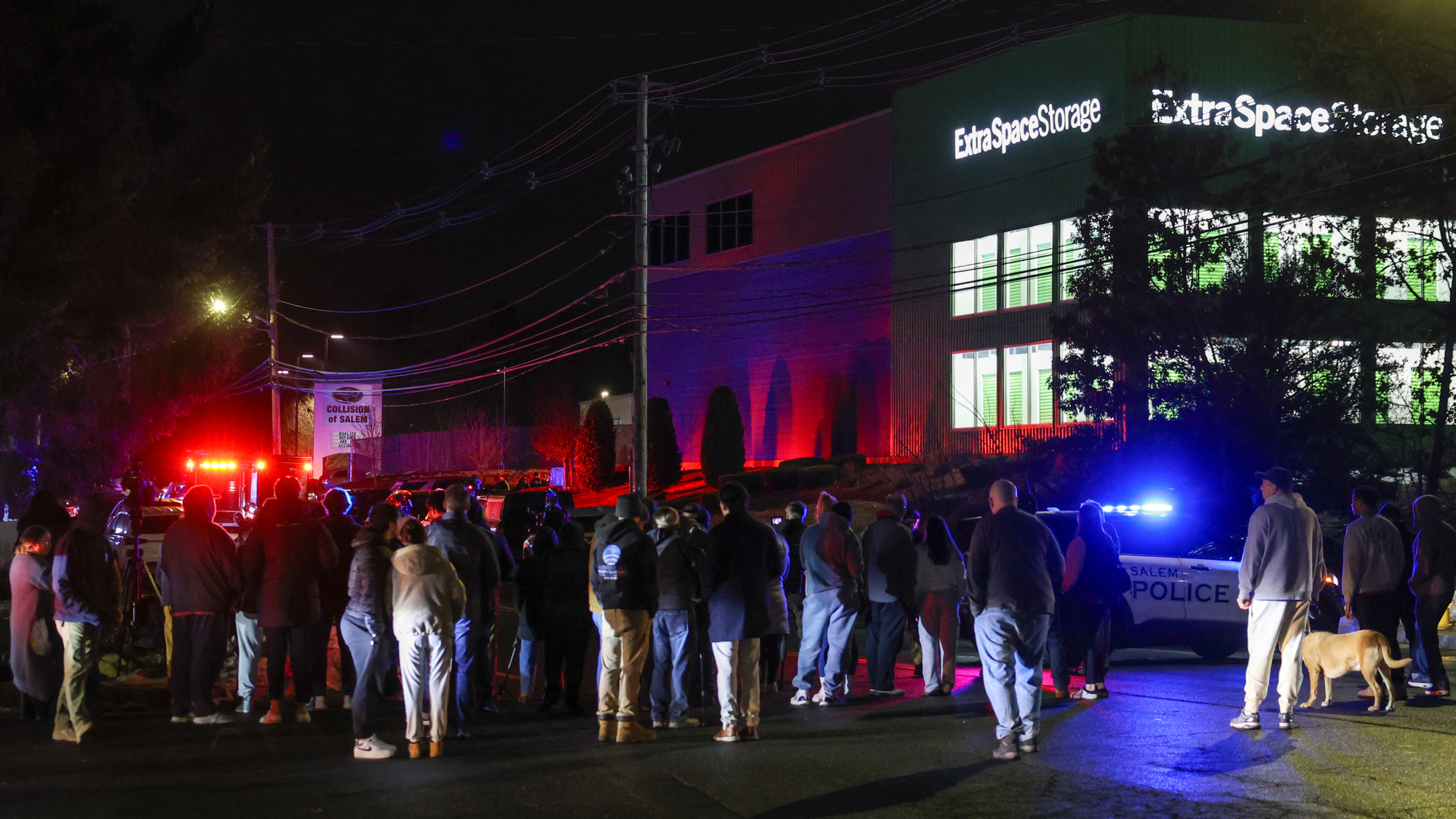Exhibit of the week: Chris Burden: Extreme Measures
Chris Burden has never ceased being interested in testing limits.
New Museum, New York City
Through Jan. 12
Chris Burden certainly has suffered for his art, said Kevin McGarry in W magazine. Forty-two years ago, the Los Angeles–based provocateur “forever earned his place in art history and pop consciousness” with Shoot, a performance piece in which he had a friend shoot him in the arm with a .22--caliber rifle. He later had himself crucified, nails and all, on the roof of a Volkswagen. But Burden has never ceased being interested in testing limits, even after turning exclusively to sculpture in 1979, said Roni Feinstein in Art in America. For this first retrospective since 1988, the artist has put two Twin Tower–like structures atop the New Museum and, to evoke Hurricane Sandy, hung a 30-foot sailboat from its façade. Throughout his career, “Burden has responded with extreme measures to our extreme times.”
The Week
Escape your echo chamber. Get the facts behind the news, plus analysis from multiple perspectives.

Sign up for The Week's Free Newsletters
From our morning news briefing to a weekly Good News Newsletter, get the best of The Week delivered directly to your inbox.
From our morning news briefing to a weekly Good News Newsletter, get the best of The Week delivered directly to your inbox.
“The retrospective makes the case that Burden’s work is all about power: who is wielding it, who is subject to it, and how the tide can swiftly turn,” said Thomas Micchelli in Hyperallergic.com. But some of the works in this five-floor retrospective address that point more effectively than others do. Tower of Power (1985), a pyramid of 100 actual solid gold bricks surrounded by tiny guards made of matchsticks, feels “both overproduced and painfully obvious.” But a new work that suspends a 365-pound meteorite from a scale-like apparatus and counterbalances it with a much heavier 1974 Porsche suggests that “a small amount of pressure, correctly applied, can withstand or upset otherwise overpowering forces.” The “showstopper,” 1979’s The Big Wheel, makes similarly effective use of simple engineering, as a small revving motorcycle is used to set a towering, 3-ton iron wheel spinning at 200 rpm.
Burden’s sculpture frequently invokes the apparatus of war, said Roberta Smith in The New York Times. Beam Drop, a 1984 piece presented here on videotape, does that subtly, while melding performance art with heroic-scale sculpture. On the tape, a crane is shown hoisting roughly 60 I beams 100 feet into the air one by one and then dropping them into a pit of wet concrete so that they stand on end. “The sight of the beams splashing into the concrete and crashing into one another is heart-stopping,” and the result of the process is “an Abstract Expressionist earthwork”—“a haunting tangle of vertical, leaning, crisscrossing, and fallen beams” that suggests an anti-war memorial. Like many of Burden’s works, it can be read “as a plea for building rather than destroying, and for peace.”
A free daily email with the biggest news stories of the day – and the best features from TheWeek.com
-
 Trump HHS moves to end care for trans youth
Trump HHS moves to end care for trans youthSpeed Read The administration is making sweeping proposals that would eliminate gender-affirming care for Americans under age 18
-
 Why does Trump want to reclassify marijuana?
Why does Trump want to reclassify marijuana?Today's Big Question Nearly two-thirds of Americans want legalization
-
 Sole suspect in Brown, MIT shootings found dead
Sole suspect in Brown, MIT shootings found deadSpeed Read The mass shooting suspect, a former Brown grad student, died of self-inflicted gunshot wounds